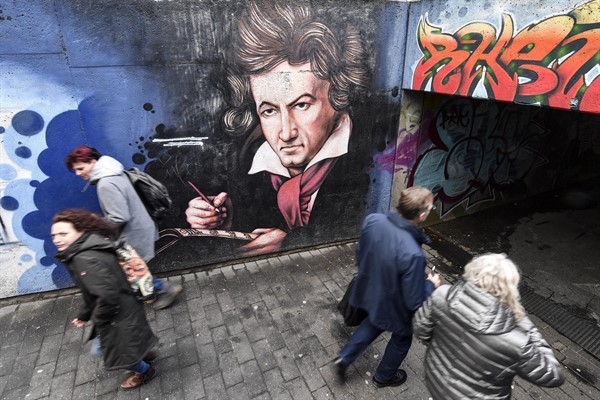Editor’s note: This is Emily Taylor’s final weekly column. We’d like to thank her for her engaging and compelling coverage of tech issues over the past seven months, and we’re thrilled that she will continue to be a regular WPR contributor.
The world premiere of Ludwig van Beethoven’s Symphony No. 10, or Beethoven X, which was completed by artificial intelligence, came and went earlier this month with barely a ripple. At a technical level, the achievement is extraordinary, and the music that resulted from it is not bad. It even sounds a bit Beethovenish. Yet it left this listener rather cold.
The contrast with the last premiere of a Beethoven symphony could not be greater. On May 7, 1824, in Vienna, the composer, by then deaf, sat with his back to the audience marking time for the orchestra and choir at the first performance of his Symphony No. 9. As the hour-long piece concluded with the magnificent and ground-breaking Ode to Joy, the composer remained facing the orchestra unaware that the crowd had burst into wild applause and cheering. When a musician turned Beethoven’s chair around so he could see the emotional impact that his work had on the audience, he wept.

